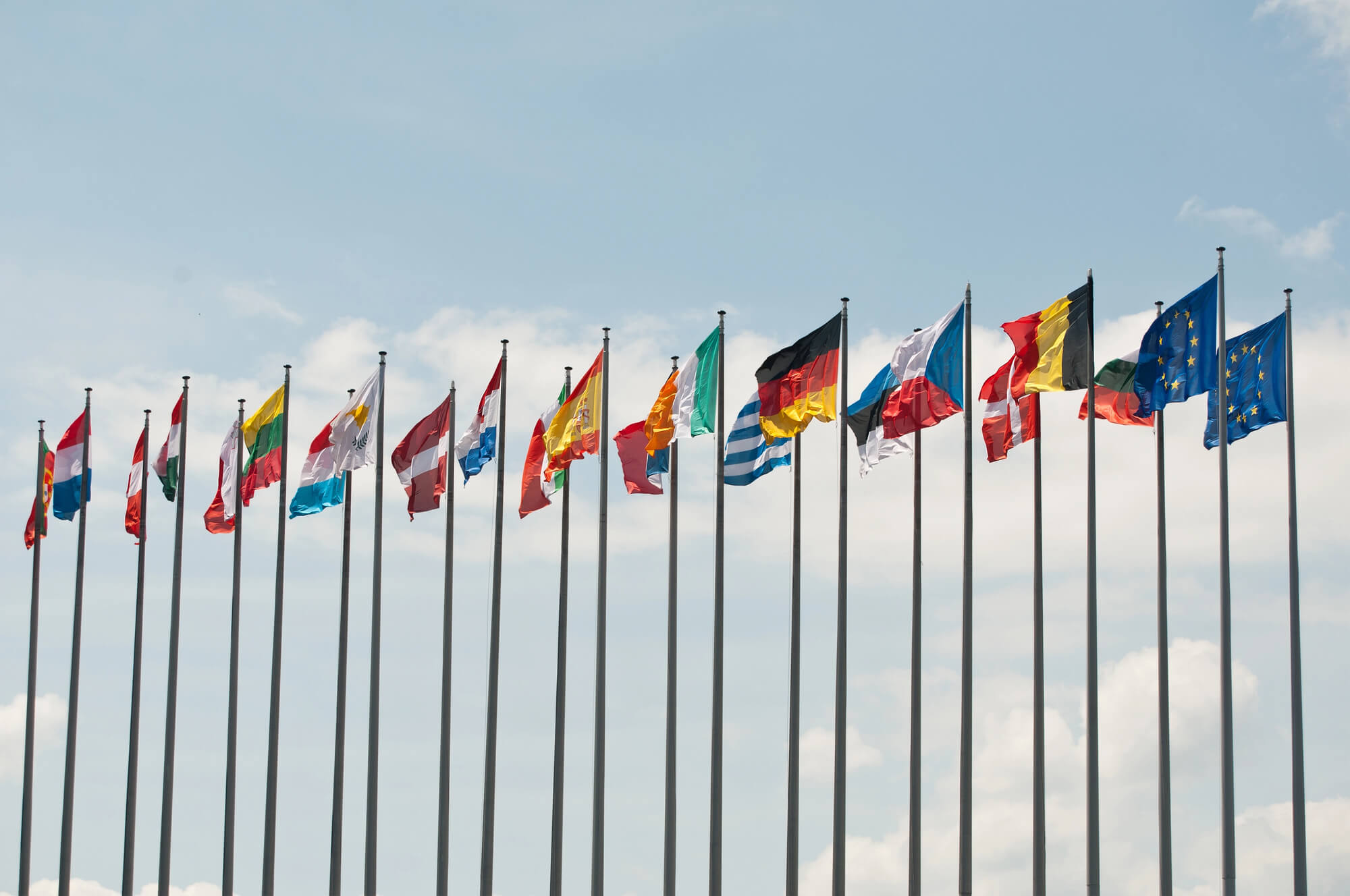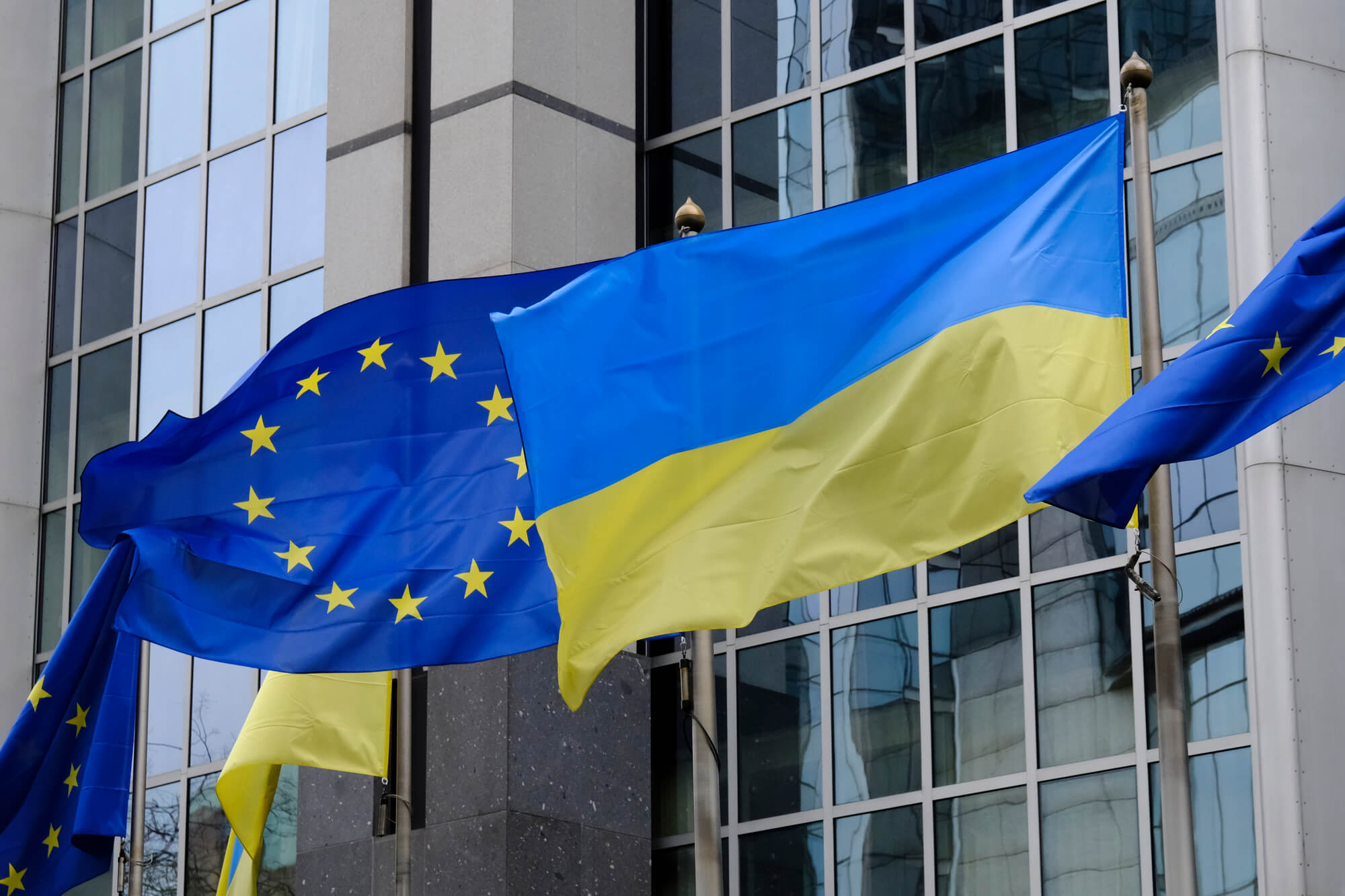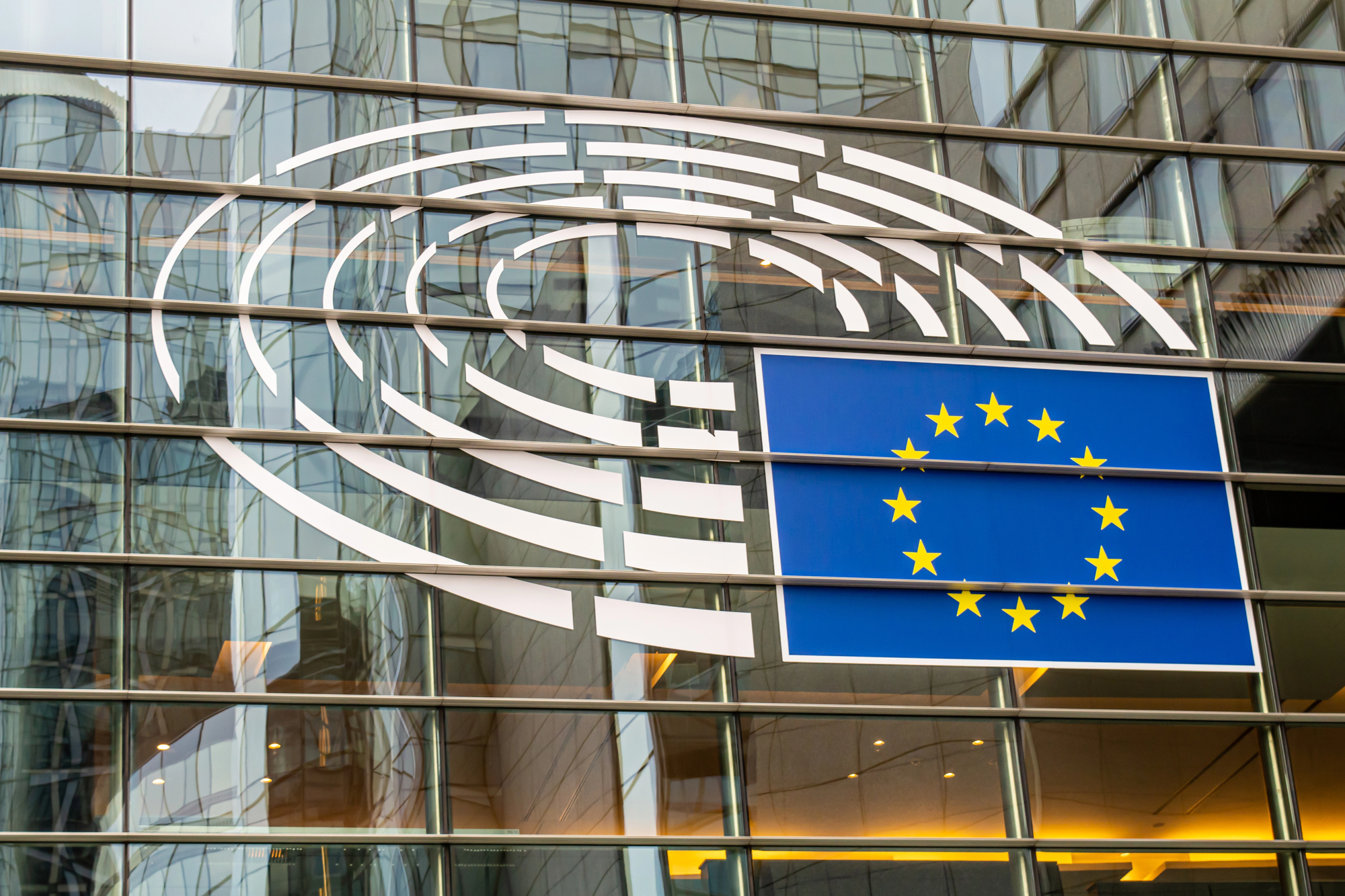Global uncertainty has reached record levels and is already triggering an economic slowdown. Yet Ukraine has been relatively insulated from these shocks—the ongoing war has, in effect, kept us disconnected from international capital markets for a while.
During the presentation Global to Local: Trends in the World Economy and Their Implications for Ukraine—organized to mark the release of Vox Ukraine’s first regular review of global and Ukrainian economic developments—Yuriy Gorodnichenko, professor at the University of California, Berkeley, and Viktoriia Ahapova, deputy head of the Reform Index project, presented an analysis of the global economic landscape. Viktoriia Ahapova’s macroeconomic overview is available here. This article highlights the key points of Yuriy Gorodnichenko’s remarks, compiled by Oleh Ivanov, an analyst at Vox Ukraine.
Global uncertainty: an all-time record high
“The defining feature of today’s global economy is uncertainty,” said Yuriy Gorodnichenko. The Global Economic Uncertainty Index is now approaching six points—a record high for the entire period of observation. “To put this in perspective: during COVID, it was around three; when Trump was president for the first time—it was also roughly three. What we are witnessing now is an unprecedented level of uncertainty.”
Figure 1. Global uncertainty index (January 2024 = 1)

One of the main sources of this turbulence is geopolitics. “We are observing the highest number of interstate armed conflicts since World War II.” Last year, there were sixty-one wars—a tragic record. Unlike in previous decades, when spikes in tensions were typically followed by stabilization (for example, after the war in Iraq in 2003 or in Syria in 2015), today risks are accumulating. The global risk index continues to rise—and that is very bad news for the economy.
Figure 2. Number of state-based armed conflicts. A tragic record: 61 wars in 2024;

Source: Uppsala Conflict Data Program
Geopolitics and trade: tariffs as a tool of uncertainty
A second source of global economic turbulence is U.S. policy. “A lot is happening in the White House today, but one clear manifestation of this uncertainty is tariff policy.”
When Trump took office, the era of “tariff swings” began. The average effective tariff rate in the United States had been declining for nearly a century but has risen sharply in recent years. “The U.S. had long championed free trade—and that was very good for the economy. Now we are witnessing an almost unprecedented surge in tariffs, particularly compared with the past hundred years. Naturally, this is a major shock to the economy. It also generates considerable uncertainty: manufacturers no longer know where to source components or raw materials to build their supply chains.”
Inflation and the crisis of confidence in the Fed
A separate part of the presentation focused on inflation. Gorodnichenko emphasized that inflation in the United States remains elevated despite the Federal Reserve’s tight monetary policy. The Fed’s target rate is 2%, while the actual rate is 3%. The difference may seem small, but if the Federal Reserve cannot keep inflation firmly in check, it raises questions: if it is 3% today, what prevents it from being 4% tomorrow? This only deepens uncertainty. As a result, interest rates in the United States remain considerably higher than in other advanced economies. “A two-percentage-point gap is a very large difference for developed countries.”

In the 1970s, the United States saw two peaks of inflation—the second following the Iranian Revolution—and the country entered a “vicious circle”: inflation rose because people expected it to rise, and people expected inflation because it was already high. Today, tariffs could again act as a trigger for rising inflation expectations. “If 20% tariffs are introduced, people get the sense that this is dangerous—that it fuels inflation. That, in turn, shapes expectations that inflation will be higher.”
Political risks within the Federal Reserve System
“Today we are seeing attempts to fill the Fed’s leadership with people who will fulfill Trump’s wishes. One of the president’s economic advisers has joined the Fed’s Board of Governors without even stepping down from his advisory role. He is a textbook yes-man, simply following orders from the White House without giving much thought to what that means for the economy.”
In this way, the United States could repeat Turkey’s experience, where the authorities, instead of raising interest rates, chose to lower them. As a result, inflation in that country remained high for a long time because the fundamental issue—who actually shapes monetary policy—was never resolved.
The dollar is losing its “safe haven” status
Another worrying signal is the dollar’s behavior. “The dollar used to be a safe haven: when trouble arose somewhere, everyone tried to invest in it. But that is now changing,” Gorodnichenko noted. He pointed to the paradoxical movement of the dollar and interest rates: “When interest rates and the dollar move in the same direction, that is normal. But after Trump announced higher tariffs, they began moving in opposite directions. Such patterns emerge when those in power act irresponsibly. We saw this in Argentina—and unfortunately, we are now seeing something similar in the United States.”
What global turmoil means for Ukraine
U.S. tariff restrictions have little impact on Ukraine, as our trade volume with the United States is relatively small. We do not run a trade deficit, so tariffs of around 10% are hardly noticeable for us. Moreover, most Ukrainian exports to the U.S. is IT services, which are not subject to customs duties. As for anti-dumping tariffs on certain goods—such as pipes—they are ultimately borne by American consumers.
“If the global economy enters a recession, some goods, like iron ore or steel, are highly sensitive to the cycle. But most of our exports are agricultural products, which are less affected—because people still need to eat,” Gorodnichenko noted.
In addition, the reorientation of global trade could work to Ukraine’s advantage. “When tariffs are imposed on China or India, their goods are redirected to European markets, including Ukraine. This means that import prices will fall, helping us to ease inflationary pressure.”
Another piece of good news is that Ukraine is currently largely insulated from global financial crises. “Because of the war, we are effectively disconnected from capital markets. Hardly anyone is investing—so there is nothing to withdraw,” he noted. “Our macroeconomic situation is difficult but manageable. We have a healthy banking sector and substantial international reserves. Of course, global turbulence does not help us—but it cannot create critical problems either.”
Summary
Today, uncertainty has become a defining feature of the global order, and the very instruments designed to ensure stability—politics, trade, and the monetary system—have themselves become sources of risk. In such a world, the characteristics of Ukraine’s economy, including its large agricultural sector and limited integration into global financial markets, should be seen not as vulnerabilities but as strengths.
Photo: depositphotos.com/ua
Attention
The author doesn`t work for, consult to, own shares in or receive funding from any company or organization that would benefit from this article, and have no relevant affiliations



